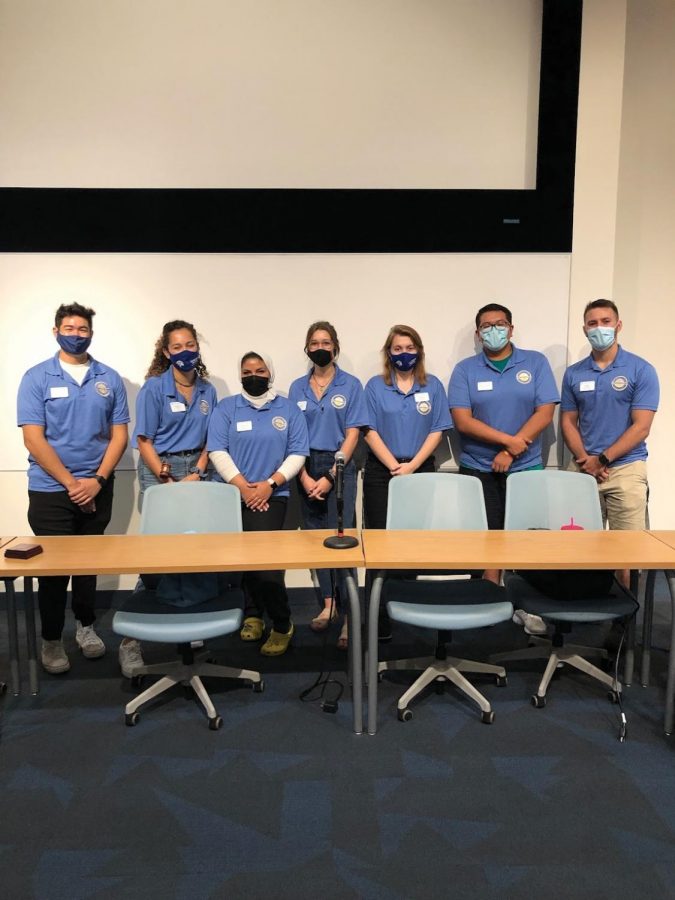By UNH TODAY
The Long Island Sound, the largest estuary in the Northeast, has long provided livelihoods and recreation for hundreds of thousands of people, and has been a subject of fascination, recreation, conservation and controversy.
Now for the first time, scientists will create comprehensive biological and geological maps of the entire sound, including seafloor characteristics, water currents and wildlife habitat. Coastal and estuarine managers will use these maps to make critical decisions: Where should we put new natural gas pipelines? Will fishing be sustainable in a high-traffic zone? What areas should be conserved and protected to preserve biodiversity in the sound and its ecosystem functions?
The $1.4-million pilot project is funded by the Connecticut Department of Energy and Environmental Protection (DEEP) and the New York Department of Environmental Conservation (DEC). If the pilot is successful, an additional $5.5 million will be invested over the next several years.
The funding has been awarded to three groups working jointly on the project; the National Oceanic Atmospheric Administration, Lamont-Doherty Earth Observatory, Columbia University and the Long Island Sound Mapping and Research Collaborative, or LISMaRC – a partnership that includes the University of Connecticut, University of New Haven, the University of Rhode Island and the U.S. Geological Survey (USGS).
The project will help managers in Connecticut, New York and the federal government balance human infrastructure needs with preservation and restoration of the sound’s essential ecological functions.
The support for this project comes from a settlement fund established in 2004 after a lengthy conflict among utility companies and state governments over the placement and repair of the Cross-Sound Cable, a series of underwater electrical cables linking Connecticut and Long Island.
“This project is critically important so that we will know the most environmentally sensitive locations in the Sound,” said Roman Zajac, professor and chair of the UNH biology and environmental science department. The information is important before pipelines, gas lines, electrical lines and other infrastructure are built in the Sound.
Zajac and colleagues from the Connecticut DEEP and USGS conducted studies in the mid 90’s that started developing ways of linking studies of sea floor ecology and sea floor mapping. “It is exciting to see this approach being applied in a comprehensive way to the entire sound as it holds great potential to enhance the management of this incredible and valuable resource,” says Zajac.
UNH’s role will focus on collecting and analyzing data on sea floor communities and to determine how they change across the sound and are shaped by various habitats and what environmental conditions are revealed by the sea floor mapping.
Combined with the mapping, the information will provide a detailed picture of the physical and biological characteristics of the Long Island Sound sea floor. Often, there’s no data to help address both ecological and human concerns.
“Mapping the sound will provide us with critical information about where development projects might be best located so they have low impact on both human and ecological systems,” Zajac said.
The project will use an array of sophisticated equipment, including high-resolution photo and video cameras mounted on Hela, UConn’s remotely operated undersea vehicle; the U.S. Geologic Survey’s deep-sea sampling system, known as SEABOSS; and a series of long-term observing systems installed on the seafloor. Using these technologies, the 20-member LISMaRC team will sample a boot-shaped area of the Sound between Bridgeport and Milford, Conn., and Setaucket and Wildwood on Long Island, N.Y.
The scientists will map the seafloor topography, sediment types such as mud, sand, gravel and rocks, and the animals associated with these areas. They’ll also measure the water’s currents, temperature, salinity and oxygen levels.
By adding these new data to existing information on fishing, aquaculture sites, and other human activities, the team will build comprehensive maps that can be used by managers, utility companies, and even educators and the public.
“With this information, land and ocean managers will be able to say, ‘We know this particular area is ecologically diverse, so don’t build a pipeline here,’” says Ivar Babb, coordinator and a lead investigator on the LISMaRC team.
“This level of investment is very significant,” he adds. “To make this investment in a time when federal and state budgets are a challenge shows that our states are committed to better stewardship of the Long Island Sound.”
In addition to Zajac, other lead investigators on the LISMaRC project are Professors Robert Whitlatch and Peter Auster of the UConn Marine Sciences Department; Professor John King of the University of Rhode Island; and Larry Poppe, a scientist at USGS.
The mapping project’s steering committee includes the Connecticut DEEP, the New York DEC, Connecticut Sea Grant, New York Sea Grant, EPA Regions 1 and 2 and the EPA Long Island Sound Study.
















